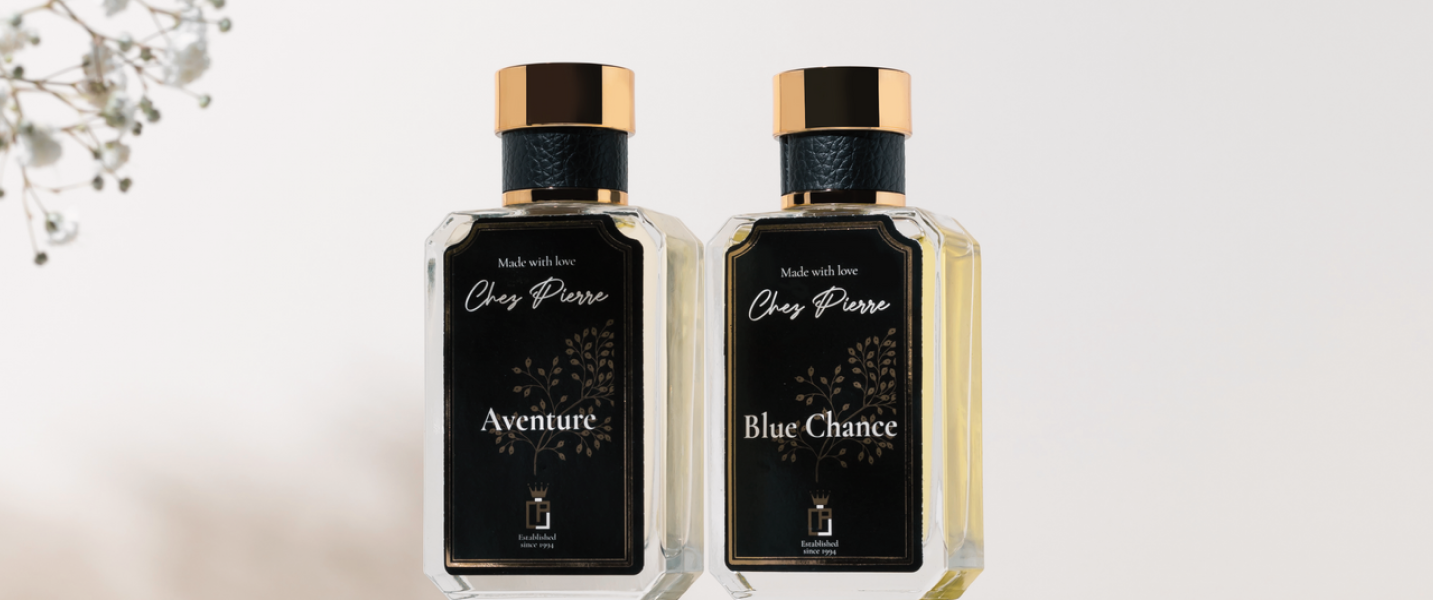
How to Layer Perfume? [for Seductive Elegance]
Scent enthusiasts, prepare to embark on a fragrant journey that transcends the ordinary — the art of perfume layering to empower your scent presence. While a single perfume can be your signature, mastering the skill of combining scents elevates your fragrance sense to a new level.
What is Perfume Layering?
Perfume layering is mixing and matching scents to create your unique smell. Instead of sticking to one perfume, you can put a couple to make your unique fragrance. It's like a DIY for your personal scent, letting you get creative and make it all yours. So, instead of just one perfume, you’ll have a blend that's yours. Easy, right? Well, not so much.
Let’s delve into the world of perfume layering, exploring the why, the how, and the endless possibilities that await you.
Why Layer A Perfume?
Why bother layering when you can simply stick to one fragrance? The answer lies in the desire for a unique olfactory experience that reflects your individuality. Perfume layering is about personal expression, creativity, and the power to tailor your scent to specific moods and occasions.
Crafting Your Signature Scent
Imagine having a fragrance that becomes your unmistakable calling card. Perfume layering allows you to create a blend that is uniquely yours. This personalized aroma speaks volumes about your style, personality, and the subtleties that make you, well, you.
Adding Depth and Complexity
A single perfume often showcases a specific set of notes, but why settle for simplicity when you can have complexity? Perfume layering enables you to explore a symphony of scents, blending different notes to create a fragrance that evolves on your skin.
Tailoring for Moods and Occasions
We're not static beings; our moods fluctuate, and our preferences change. Perfume layering offers the flexibility to adjust your fragrance according to your feelings or a particular event. Feeling playful? Add a touch of citrus. Craving warmth? Introduce some woody notes. It's fragrance versatility at its finest.
Extended Longevity
One of the common gripes with fragrances is their fleeting nature. Perfume layering, however, becomes a strategic game. By starting with a long-lasting base and layering with lighter top notes, you ensure that your fragrance lingers throughout the day without losing its allure.
A Creative Outlet
Consider perfume layering your olfactory canvas. Experimentation is not only encouraged but essential. Discover unexpected combinations that resonate with your artistic sensibilities.
Breaking Away from the Ordinary
In a world filled with signature scents, standing out becomes a challenge. Perfume layering liberates you from the ordinary. It's a rebellion against the “one-size-fits-all” approach, allowing you to curate a fragrance that is as unique and extraordinary as you are.
The Basics: Understanding Fragrance Notes
Before you embark on your perfume layering adventure, it's crucial to grasp the basics of fragrance notes. Think of these notes as the building blocks of your olfactory experience. Fragrances typically consist of three types of notes:
Top Notes
Top notes are the initial impression of a fragrance. They are the light and volatile scents that you smell immediately upon application. Common top notes include citrus, fruity, and herbal elements. These notes are fleeting but set the stage for the heart of the fragrance.
Middle or Heart Notes
The heart notes emerge once the top notes evaporate. They form the core of the fragrance, providing the main theme. Floral, spicy, and sometimes fruity notes often constitute the heart of a perfume. These notes contribute to the overall character and longevity of the fragrance.
Base Notes
Base notes are the foundation of a fragrance, providing depth and stability. They emerge after the top and heart notes have dissipated and are responsible for the long-lasting nature of the scent. Common base notes include woody, musky, and oriental elements.
Understanding the notes in each fragrance is crucial for successful layering. Your goal is to create a harmonious blend where the notes complement, rather than clash.
How Do I Layer Perfume?
Now that you're acquainted with the "why," let's look into the "how." Perfume layering is a nuanced process that involves thoughtful consideration and a touch of experimentation.
A step-by-step guide to becoming a perfume layering maestro:
Selecting Your Arsenal
Begin your layering journey by curating a collection of perfumes that you adore individually. Choose scents that resonate with different notes — a fruity one, a floral option, and perhaps a woody or oriental fragrance. Your selection will serve as the
palette for your olfactory masterpiece.
Scentsational Sequencing
Understanding the art of sequencing is essential. Perfume layering is akin to telling a story with a beginning, middle, and end. Start with the lightest scent as your base, progress to the heart notes, and finish with the boldest top notes. This sequencing ensures a smooth transition and allows each layer to shine.
Base Layer Application
Apply the base layer to your pulse points — areas where your blood vessels are closer to the skin's surface, generating heat and enhancing fragrance diffusion. Common pulse points include the wrists, neck, and behind the ears. A couple of spritzes on these points create a solid foundation for your layered masterpiece.
Middle Note Magic
Once your base layer has settled, it's time to introduce the middle notes. These notes are the heart of your fragrance symphony. Apply the second scent, focusing on areas like your neck and chest. The middle notes will seamlessly intertwine with the base, creating a nuanced and captivating blend.
Top Note Triumph
Bring in the grand finale — the top notes that add a burst of freshness and charisma. Apply the boldest scent, perhaps with citrus or other bright elements, to areas like your hair or the ends of your scarf. These top notes contribute to the "wow" factor, leaving a memorable impression.
The Gentle Mix
Avoid fragrance overload by being mindful of the quantity. Perfume layering is about subtlety, not drowning in a sea of scents. A few well-placed spritzes of each layer are sufficient to create a captivating and lingering fragrance.
Experimentation Extravaganza
Don't be afraid to play with different combinations. Mix and match your scents to discover unexpected symphonies of aroma. Perfume layering is a personal journey, and the more you experiment, the more you'll uncover the combinations that resonate with your unique style.
Consider the Occasion
Tailor your layering approach based on the occasion. Opt for lighter, citrusy combinations for daytime outings, while richer, more complex blends can take center stage during evening events. The versatility of perfume layering allows you to adapt your fragrance to any situation.
Common Perfume Layering Combinations to Spark Your Creativity
If you're new to the world of perfume layering and seeking some inspiration, here are a few tried-and-true combinations to kickstart your creativity:
Citrus Burst:
- Base: Bergamot or Grapefruit
- Midnote: Neroli or Jasmine
- Top Note: Lemon or Lime
Floral Fantasy:
- Base: Rose or Peony
- Midnote: Lily or Violet
- Top Note: Bergamot or Mandarin
Woodsy Wonder:
- Base: Sandalwood or Cedarwood
- Midnote: Patchouli or Vetiver
- Top Note: Bergamot or Pine
Fruity Delight:
- Base: Peach or Raspberry
- Midnote: Apple or Blackcurrant
- Top Note: Mandarin or Grapefruit
Oriental Opulence:
- Base: Vanilla or Amber
- Midnote: Jasmine or Oud
- Top Note: Cardamom or Clove
Layering Beyond Perfume: Fragrance for Hair and Body
Perfume layering isn't limited to the skin. Extend the aromatic experience to your hair and body for an all-encompassing fragrance journey.
Fragrance for Hair
Spritzing a bit of your favorite scent onto your hair or hairbrush ensures a subtle, lingering fragrance as you move. Hair tends to retain scents, providing a fragrant aura that accompanies you throughout the day.
Fragrance for Body
Pairing your layered perfumes with complementary body lotions or oils can enhance the overall experience. Choose products with similar notes to your selected perfumes for a long-lasting fragrance.
Common Layering Issues
As with any art form, there may be occasional challenges in the perfume layering process.
Some common issues and how to address them:
Overwhelming Blend
If your layered fragrance feels too overwhelming, consider reducing the quantity of each layer. Opt for a lighter touch, especially with the bolder top notes.
Clashing Notes
If the notes of your selected scents clash, experiment with different combinations. Not all fragrances play well together, so be open to adjusting your lineup.
Short-Lived Fragrance
If your layered fragrance doesn't last as long as desired, consider choosing a base with greater longevity or incorporating a fragrance primer to enhance staying power.
Scent Evaporation
To prevent rapid evaporation, apply your fragrance immediately after showering when your skin is slightly damp. This helps lock in the scent and extend its longevity.
Final Thoughts
Armed with the knowledge of fragrance notes, sequencing, and experimentation, you have the tools to curate a scent symphony that's uniquely yours. Whether you're exploring citrus bursts, floral fantasies, or wood wonders, your olfactory canvas awaits your creative touch.
Perfume layering is a journey, not a destination. It's about expressing yourself, embracing versatility, and elevating your fragrance knowledge. So, spritz, layer, and let your scent tell the story of your ever-evolving style.
- Price Beyond Fragrance: Demystifying the Factors Behind Luxury Perfume Costs
- Explore The Best Niche Fragrance Houses and Perfumes You Must Try
- Why is Creed Cologne So Expensive? [Facts]
- Best Le Labo Santal 33 Dupes - Find Out Why Chez Pierre's Avenue 330 Is Your Next Obsession
- Portable Bottle
- Fragrance Booster
- Sample box
- Sample box
Latest Story
Private: Najbolji Ženski Parfemi za 2025: Trendovi, Sezone, Prilike i Saveti Kako do Magične Projekcije
Miris je mnogo više od parfema – to je emocija, uspomena i lični pečat koji ostavljate gde god da krenete. U 2025. godini, svet ženskih parfema spaja tradiciju i inovaciju, donoseći kompozicije koje osvajaju srca i slave vašu jedinstvenost. Od sezonskih mirisa koji prate promene prirode, do večnih klasika koji odolevaju vremenu, svaka kap […]
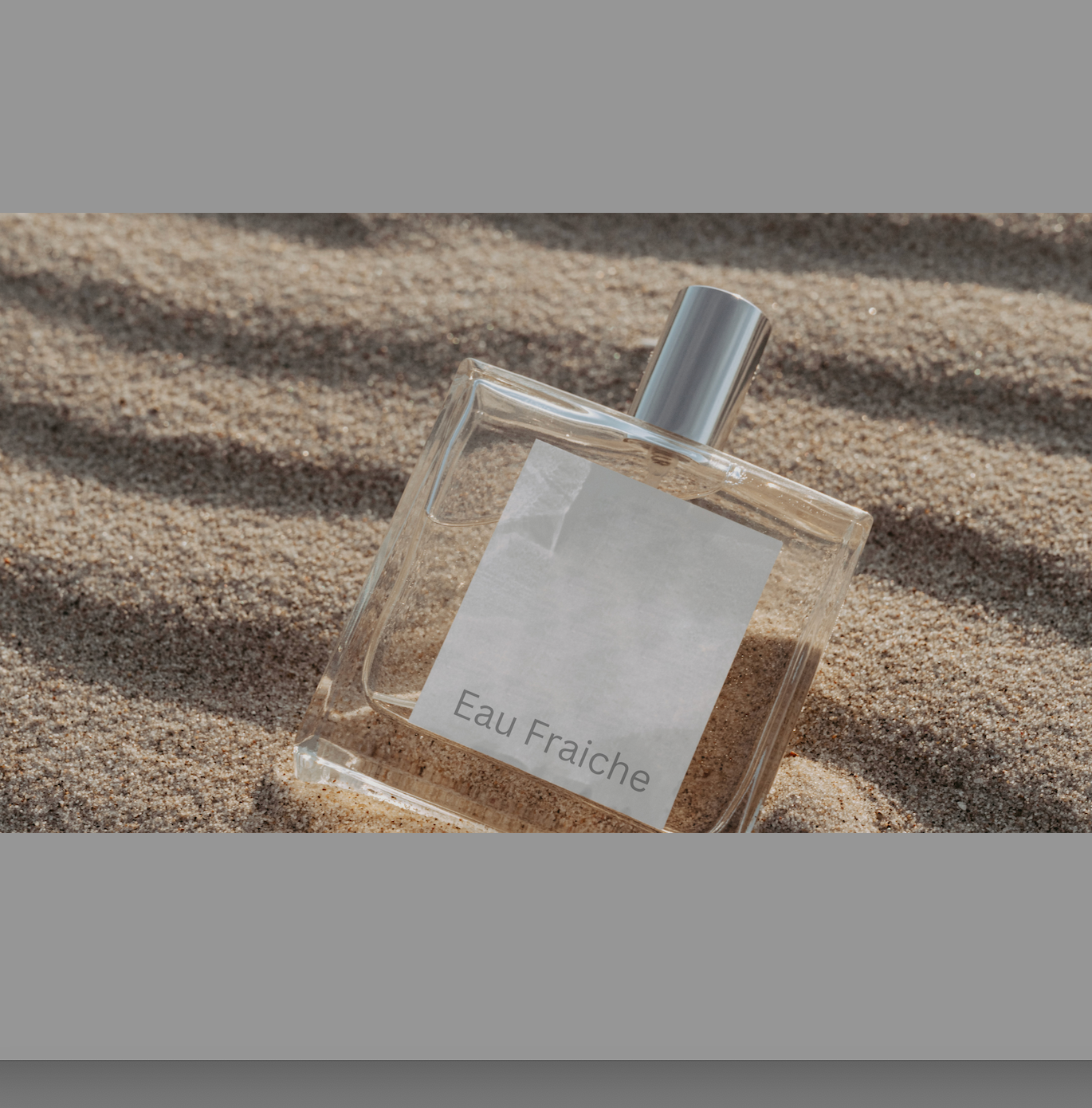
Luxury within Reach: The Eau Fraiche Effect in the Cologne Cosmos
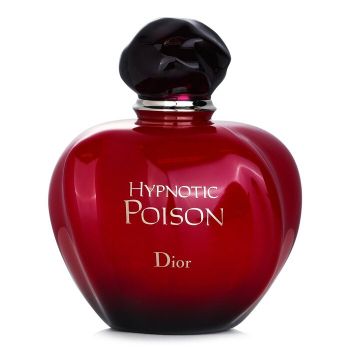
Best Dior Hypnotic Poison Perfume Dupes - Let Chez Pierre's Coconut Dream Be Your Seductive Touch
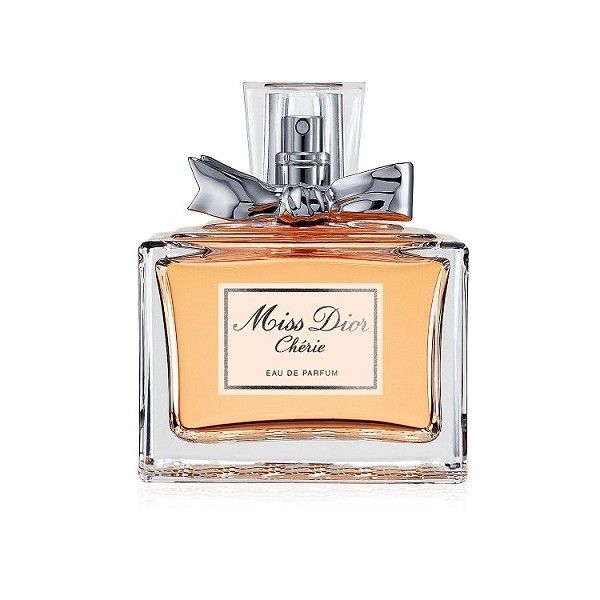
Best Miss Dior Cherie Dupes - Let Chez Pierre's Madam Cherry Unleash Your Unique Way Of Seduction
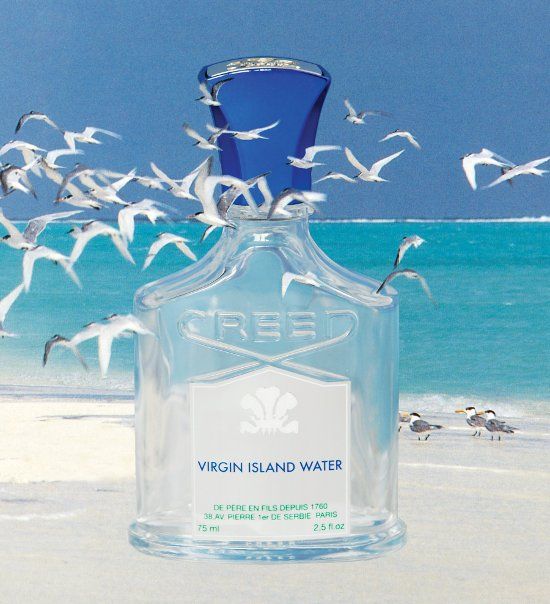
Best Creed Virgin Island Water Clones For Luxury Touch - Let Chez Pierre's Feels Like Summer Be Your Luxury Daydream
